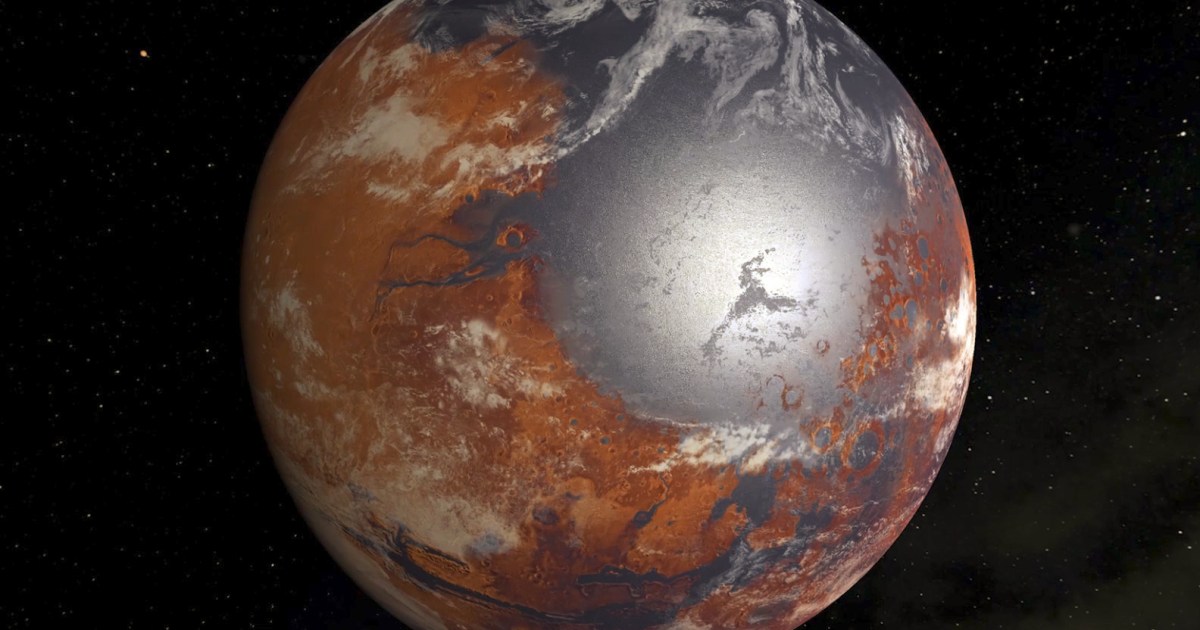
One of the key issues for getting humans to Mars is finding a way to get them water. Scientists know that millions of years ago, Mars was covered in oceans, but the planet lost its water over time and now has virtually no liquid water on its surface. Now, though, researchers have identified what they believe could be oceans’ worth of water on Mars. There’s just one snag: it’s deep underground.
The research used data from NASA’s now-retired InSight lander, which used a seismometer and other instruments to investigate the planet’s interior. They found evidence of what appears to be a large underground reservoir of water, enough to cover the entire planet in about a mile of ocean. But it’s inaccessible, being located between 7 to 13 miles beneath the planet’s surface. The water is located in between cracks in a portion of the interior called the mid-crust, which sits beneath the dry upper crust that is drillable from the surface.
That means the water would be “very challenging” to access, according to one of the researchers who spoke to the Planetary Society.
However, that doesn’t mean that the finding doesn’t have practical applications. “Understanding the martian water cycle is critical for understanding the evolution of the climate, surface and interior,” said researcher Vashan Wright of University of California San Diego. “A useful starting point is to identify where water is and how much is there.”
The finding can also help scientists piece together the complex history of water on Mars. Scientists agree that there was water on the planet’s surface for a significant amount of time, but they do not yet agree on exactly how long this water stuck around for — which is an important issue in whether life could ever have developed there. It could even give hints as to whether there could be habitable environments under the surface today.
“Establishing that there is a big reservoir of liquid water provides some window into what the climate was like or could be like,” said Michael Manga of the University of California Berkeley. “And water is necessary for life as we know it. I don’t see why [the underground reservoir] is not a habitable environment. It’s certainly true on Earth — deep, deep mines host life, the bottom of the ocean hosts life. We haven’t found any evidence for life on Mars, but at least we have identified a place that should, in principle, be able to sustain life.”
The research is published in the journal Proceedings of the National Academy of Sciences.
Services Marketplace – Listings, Bookings & Reviews
